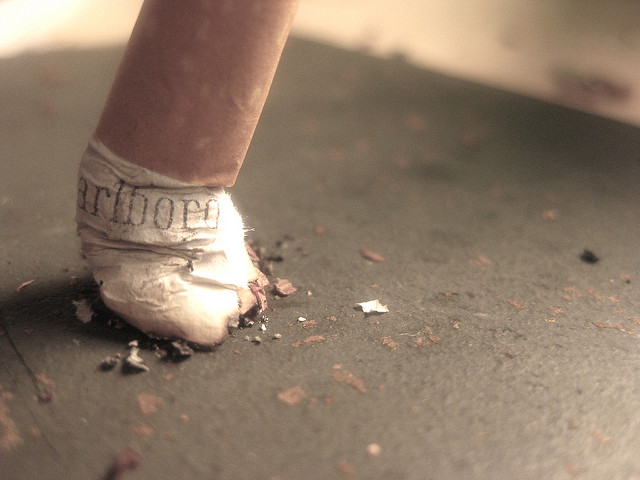The transtheoretical model of behavior change assesses an individual’s readiness to act on a new healthier behavior, and provides strategies to guide the individual to action. The model uses six stages to describe what every person must overcome when trying to drop a poor habit in exchange for a healthier habit.
If you’re working to drop a bad habit, reading about the six stages of overcoming addiction may help you on your journey. 6 Stages of Overcoming Unhealthy Habits
Stage One: Decide if a problem exists
The precontemplation stage is when you aren’t quite ready to admit a problem exists. “Ignorance is bliss”. The first step towards making positive change is acknowledging a change is needed. Until you admit something is harmful, you can not begin to replace it with something better.
How can you help someone in this stage?
- Understand their lack of readiness and remind them the decision is theirs.
- Encourage them to reevaluate and consider their current behavior and actions.
- Explain and personalize the risks that come from continued addiction and poor health.
Stage Two: Weigh your Options
At the contemplation stage, you acknowledge a problem exists but are not sure if a change is necessary. You’re “sitting on the fence”, and are considering your options more than actual change.
How can you help someone in this stage?
- Understand the person’s lack of readiness and remind them that the decision is theirs.
- Explain the long term benefits to themselves, their families, and their loved ones.
- Encourage them to evaluate the pros and cons of behavior change.
Stage Three: Prepare to Change
In the preparation stage, you are getting ready to change and building the determination to see the effort through. At this point, all it takes is willpower and determination on the part of the individual. As you start to understand that the change will benefit you, and you have the determination to move forward, you can start to take action..
How can you help someone in this stage?
- Help identify friends and family they can lean on for support.
- Identify and assist in problem solving and overcoming obstacles.
- Encourage small initial steps and provide support along the way.
Stage Four: Take Action
The action stage is when the person actually makes the change they’ve been preparing for. Action starts on the first day. Focus on the first, and don’t focus on the second until it comes. The same goes for years, weeks, and months. If you practice your new behavior one day at a time, eventually it will become a new habit, replacing the old. It is said that after only 30 days, a new habit is born. Start building it today.
How can you help someone in this stage?
- Remind them of their social support and reinforce the positive affects of their changes.
- Reinforce the fact that they’ve successfully controlled their mind to overcome the bad habit.
- Continuously remind them of the long-term benefits.
Stage Five: Maintain Progress
The maintenance stage should last the rest of your life. Lifestyle changes are never finished. Maintaining the change is the key to reaping the rewards of all your hard work in each of the previous stages. From 6 months to five years, you’re in the maintenance stage and your only goal is to build on the progress already made. After that you should be fully aligned with your newer, healthier image of yourself. Make a continued commitment to your positive behavior.
How can you help someone in this stage?
- Reinforce the rewards
- Congratulate them on their progress
- Remind them that you’re there if they need support
Stage Six: Maintain Success or Try Again
At this point either you’ve completely ceased the bad habit or you’ve returned to old behaviors. If you’ve changed, congratulations. If you’ve relapsed, identify what triggered the relapse, deal with the stress and/or situation that caused the relapse, and get back up and try again with a stronger focus on maintaining the positive changes.
How can you help someone in this stage?
- Remind them that setbacks are a part of life
- They got that far once, they can get there again
- Remind them of their motivation and long term benefits
Most people who successfully change bad habits go through the stages of change three or four times before they’re able to successfully overcome a bad habit. That is okay. Just as life is always changing, so are we. As long as you steer your ship in the right direction, you’re sure to find harbor eventually. You had the power to change at one point, and you have the power to change again. This time – for good.
Ask your doctor about support groups in your local area if you feel you would benefit from social support.
Read More
Changing for Good: A Revolutionary Six-Stage Program for Overcoming Bad Habits and Moving Your Life Positively Forward discusses the six stages of change and provides strategies to help you quit smoking, eliminate alcohol use and change eating and exercise habits. The National Cancer Institute Found this program more than twice as effective as standard programs in helping smokers quit for 18 months.
Sources
Image: Melanie Tata (CC BY 2.0)





